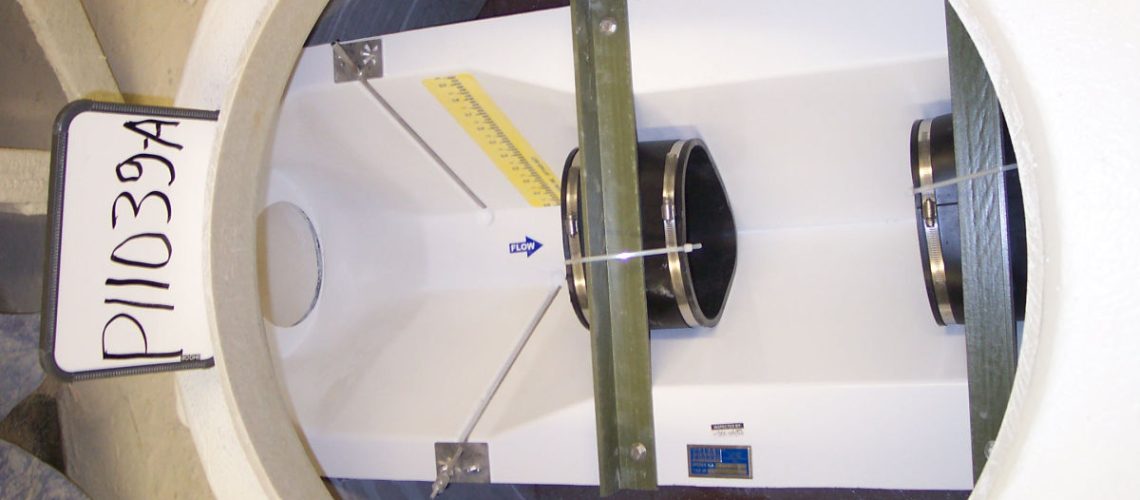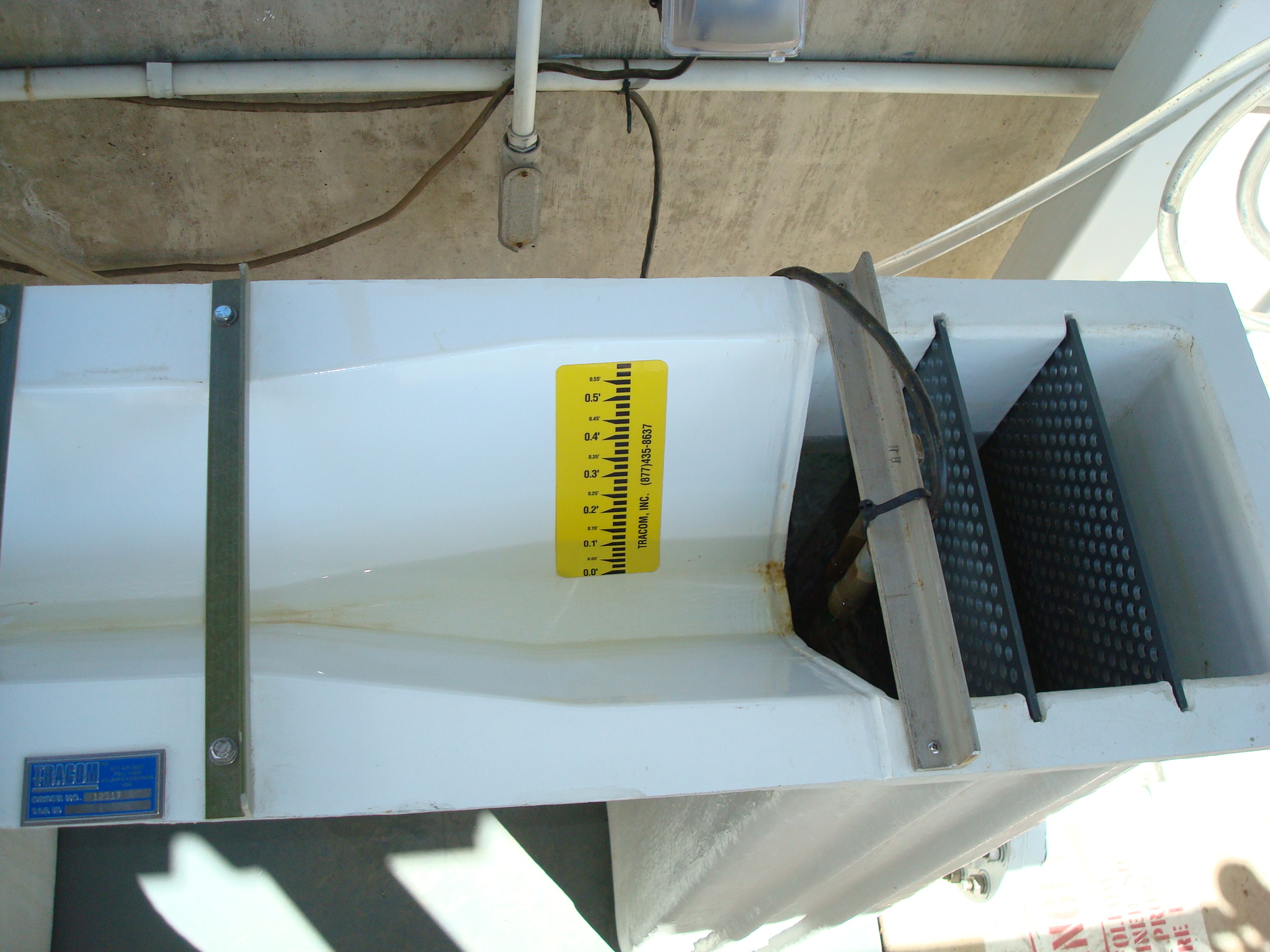If you need to measure open channel flow, you need both a primary device such as a flume and a flow meter. Several different flow meters are available, and all of them function differently. To make sure that you choose the right tools for your system, it’s important to learn about how these different meters work. Here is a flow meter guide that you can use to learn about the different meters available, how they work and which is the most accurate.
Bubbler Meter
When it comes to flow meters, there’s almost no better choice than a bubbler flow meter. Not only are these meters resistance to turbulence and foam, but they can also measure flow in oversize channels, in applications where rapid temperature changes are possible and at sites where the flow channel may dry up on occasion.
The basic function of a flow meter is to measure how much pressure is required to force a small bubble through a tube. The pressure needed to force this bubble will be directly related to the water level in the channel. The higher the water level, the more pressure will be required. By measuring pressure needed to move the bubble, the bubbler meter will be able to accurately detect the water level in your flow channel.
Pressure Transducer
A bubbler meter isn’t the only type of flow meter that uses pressure to measure water level. The other type of pressure-based meter is called a pressure transducer, which is sometimes called a submerged probe flow meter.
As its name would suggest, the probe of this type of flow meter is submerged within the flow, sometimes in the primary flow device and sometimes in the flow channel itself. Inside the probe is the pressure transducer, and this component is able to measure the water level by detecting the weight of the flow directly above the flow. Because pressure transducers are positioned under the flow, they are resistant to issues that would affect other meters such as foam, wind, flow turbulence and changes in temperature.
Ultrasonic Flow Meter
If you want one of the most accurate, affordable, and dependable flow meters out there, then investing in an ultrasonic flow meter is a great choice. Where the other two devices mentioned in this flow meter guide use pressure to measure water meter, an ultrasonic flow meter uses sound.
The ultrasonic meter is suspended above the flow in your channel and then will send a pulse of sound towards the surface of the flow. The meter then measures the amount of time it takes for the signal to reflect off of the water and return to the meter to determine the water level. Ultrasonic meters are vulnerable to surface turbulence and changes in air temperature but are otherwise very accurate.
Get the Tools You Need
Now that you’ve read this flow meter guide, you should have some idea of what type of flow meter is right for your system. A good flow meter, however, needs to be of just as high quality as the primary device, and if you’re ready to purchase such a device Tracom, FRP is ready to help you.
We offer an excellent selection of fiberglass flumes, weir boxes, and mag meter manholes. Our team can help you decide which is right for you. Contact Tracom today.





